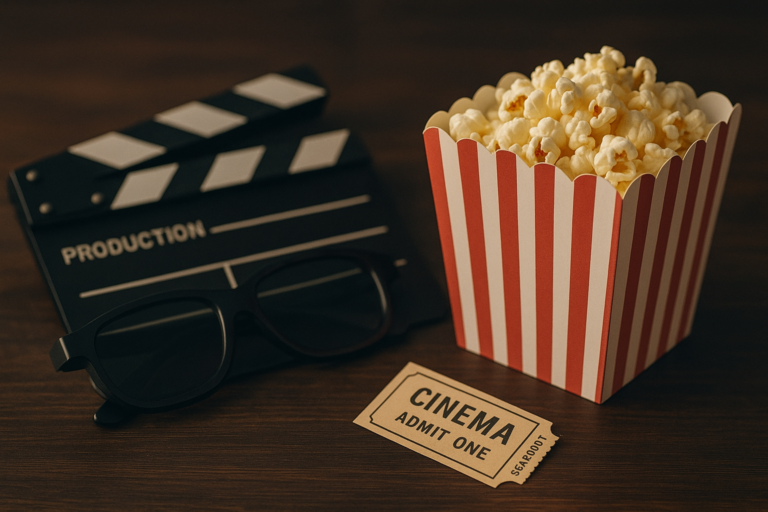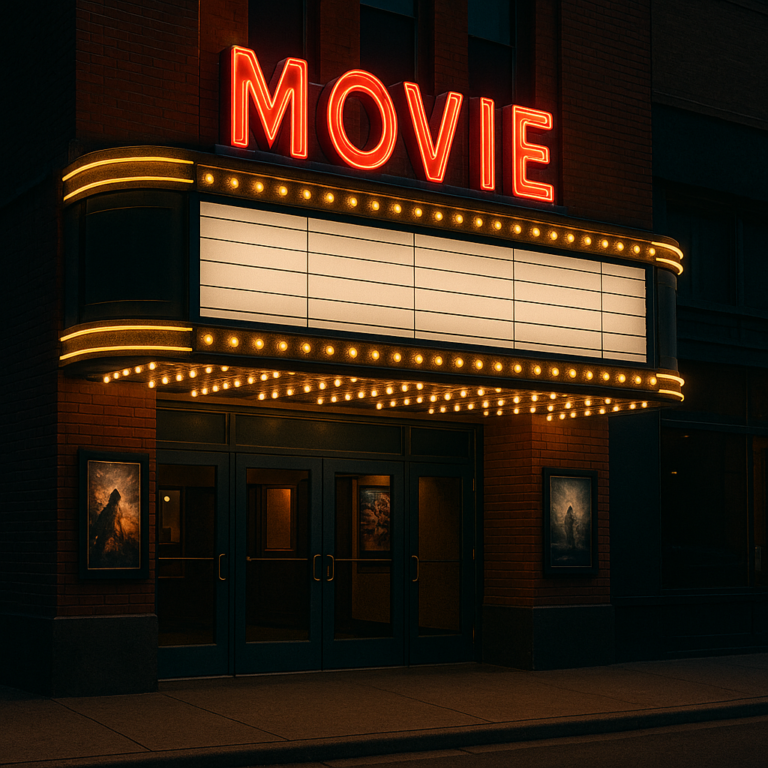The Art of Cinematography in 1917 (2019)
Cinematography is the art of capturing moving images on film or digitally, and it has been an integral part of the film industry since its inception. Over the years, advancements in technology have greatly improved the techniques and capabilities of cinematography, but the essence of this craft remains unchanged – to tell a story through visuals.
One of the most visually stunning and technically impressive cinematic works of recent times is “1917”, a war drama set in World War I. Directed by Sam Mendes, this film has garnered critical acclaim for its immersive and breathtaking cinematography, which plays a pivotal role in bringing the story to life.
Set in 1917, the film follows two young British soldiers, Blake and Schofield, as they embark on a dangerous mission to deliver a message that could potentially save 1,600 lives. One of the most remarkable aspects of “1917” is its unique filming style, presented as one continuous take, giving the audience a sense of real-time experience and intensifying the emotional impact.
To achieve this effect, cinematographer Roger Deakins used a combination of handheld camera movements and long tracking shots, seamlessly stitched together to create the illusion of a single take. This required meticulous planning and coordination between the actors, camera crew, and production team. The result is a visually stunning masterpiece that keeps the audience at the edge of their seats.
The film also utilizes natural lighting to enhance the authenticity and realism of its wartime setting. The majority of the film was shot outdoors, often in harsh weather conditions, adding to the challenges faced by the crew. However, this decision proved crucial in capturing the raw emotions and struggles of the characters, making the audience feel like they are experiencing the war alongside them.
Another notable aspect of “1917” is its use of color grading. The film opens with warm and vibrant hues, showcasing the idyllic English countryside where the soldiers are stationed. As the story progresses and the characters venture into the war zone, the colors gradually become cooler and desaturated, reflecting the bleak and hopeless nature of their mission.
In addition to its technical brilliance, the cinematography in “1917” also serves as a powerful storytelling tool. The camera movements and framing are carefully chosen to convey emotions and perspectives of the characters, adding depth and nuance to the narrative. For instance, a scene where Schofield is running through a war-torn town is shot from a low angle, emphasizing his vulnerability and the chaos surrounding him.
Furthermore, the film’s cinematography masterfully captures the scale and carnage of war through wide shots and aerial views, without ever losing focus on the human aspect of the story. This balance between the grandeur of war and intimate moments between the characters is what makes “1917” a truly cinematic experience.
In conclusion, “1917” is a testament to the art of cinematography and its ability to elevate a film to new heights. The meticulous planning, innovative techniques, and attention to detail in every frame make it a visual feast for audiences. It not only showcases the technical prowess of the filmmakers but also serves as a reminder of the power of visuals in storytelling. “1917” sets a new standard for cinematography in modern cinema and is a must-watch for anyone interested in this craft.


